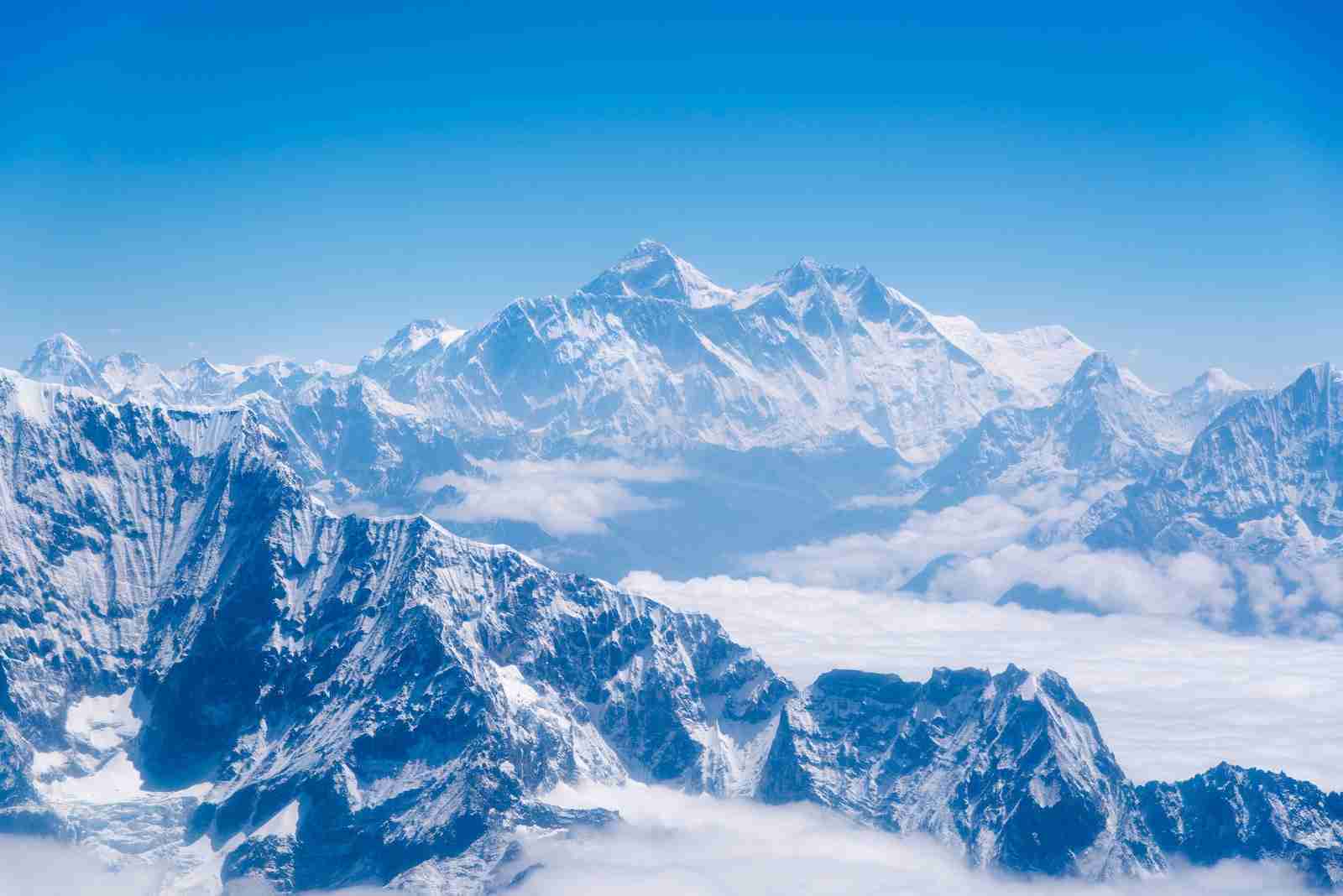23 Fun Facts About Mount Everest That Will Amaze You
1. Mount Everest is the highest peak, soaring 29,032ft above sea level.
Mount Everest towers above all others, reaching for the skies at an impressive 29,032ft! With its majestic stature, it’s no wonder it’s considered the king of mountains, towering over the world like a glistening, snow-capped behemoth.
It’s a beacon of adventure, a symbol of human determination, and a testament to the power of nature.
2. Mount Everest was Named after Sir George Everest, surveyor-general of India.
Naming a mountain after someone is a pretty big deal, but when that mountain is the highest peak on Earth, it’s a whole new level of accolade.
That’s why the mighty Mount Everest bears the name of Sir George Everest, the surveyor-general of India. It’s a testament to his unwavering spirit of adventure and his pioneering work mapping the treacherous peaks of the Himalayas.
So next time you look up at the mighty Mount Everest, remember the man who made it all possible.
3. The first summit was reached by Sir Edmund Hillary and Tenzing Norgay in 1953.
In 1953, history was made when two brave souls, Sir Edmund Hillary and Tenzing Norgay, reached the top of the world. With their unyielding spirit and unrelenting determination, they conquered the mighty Mount Everest and made their mark on the world.
It was a moment that proved that anything is possible and that the human spirit can conquer even the most daunting of challenges. So let’s raise a glass to Sir Edmund and Tenzing, two legends who showed us what it truly means to be a conqueror.
4. what is the death zone on mount everest?
The “Death Zone” on Mount Everest is an area above 26,247 feet where the air pressure and oxygen levels are too low for human survival for long periods.
This zone can cause altitude sickness, frostbite, and death. Climbers need specialized equipment and training to attempt it.
5. The fastest ascent to the summit was completed in 8 hours, and 10 minutes by Pemba Dorje Sherpa.
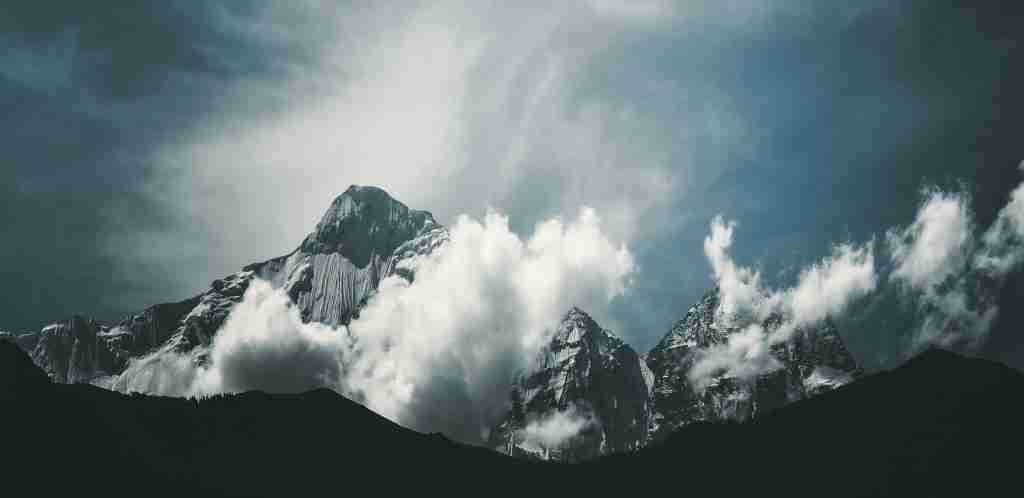
Pemba Dorje Sherpa just proved that when it comes to climbing Everest, speed is of the essence! He blitzed up the mountain faster than you can say ‘29,032 feet’, completing the ascent in a mere 8 hours and 10 minutes.
Talk about leaving the competition in the dust!
6. The first American to summit Everest was James Whittaker in 1963.
James Whittaker made history as the first American to conquer the mighty Everest.
He not only scaled the highest peak on earth, but he also put the stars and stripes at their pinnacle, making all Americans proud in 1963.
7. To prepare for climbing at high altitudes, many climbers acclimate to the nearby city of Kathmandu.
Kathmandu is where the climbing dreams go to acclimate before taking on the challenge of Everest. It’s like a high-altitude boot camp, where aspiring summiteers get their bodies ready to tackle the tallest peak in the world.
It’s a rite of passage before the real climb begins!
8. The temperature on the summit of Everest can drop to minus 76 degrees Fahrenheit.
Everest is the kind of place that’ll freeze you solid faster than a Disney villain!
The summit temperatures can plummet to a staggering minus 76 degrees Fahrenheit, which makes one question why anyone would even attempt to scale the peak in the first place.
But then again, where’s the fun in doing what’s easy?
9. How tall is mt everest?
Mount Everest is 29,032 feet (8,848 meters) tall.
10. The North Face of Everest is in Tibet, while the South Face is in Nepal.
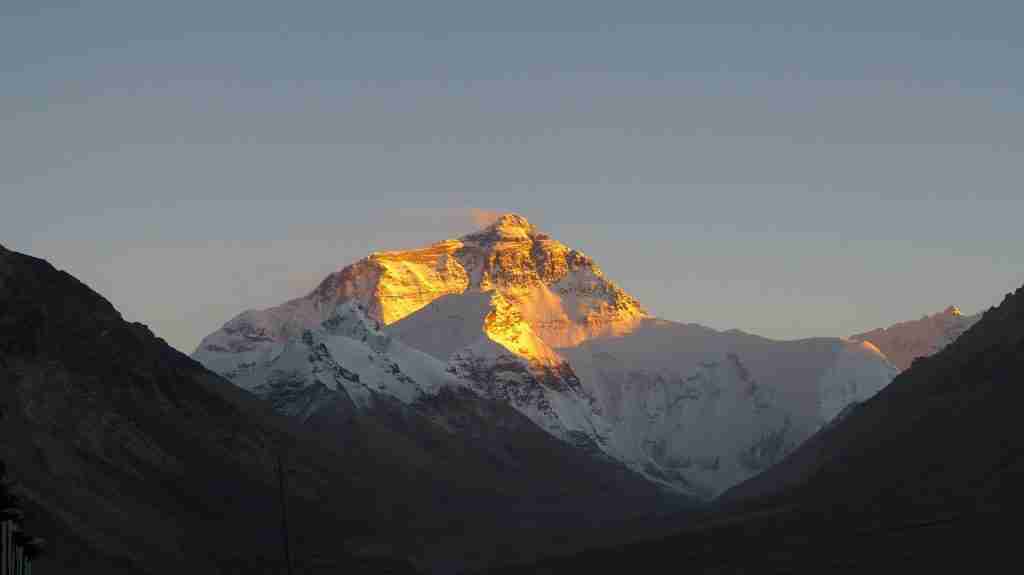
Everest has a split personality, with two sides to its story. The North Face lives in Tibet, while the South Face calls Nepal home. Both sides offer their own unique challenges and breathtaking views.
It’s like a yin and yang of climbing, both beautiful and dangerous in their own way.
11. The summit of Everest is located on the border of Nepal and Tibet.
The summit of Everest sits on the border of Nepal and Tibet, like a king on a throne surveying his kingdom. It’s the meeting point of two countries, and the top of the world.
It’s the ultimate checkpoint for climbers, who have to cross not just geographical, but also political boundaries, to reach the peak.
12. The first winter ascent of Everest was in 1980 by a Polish team.
The Polish team pulled off a winter wonder in 1980 when they made the first-ever winter ascent of Everest.
It was a cold, harsh, and white-knuckled climb, but they braved the elements and reached the summit, cementing their place in mountaineering history.
They showed that when it comes to climbing Everest, the winter is just another season to conquer!
13. The average cost for a single person to climb Everest is around $45,000.
Climbing Everest is not for the faint of the wallet! It’ll cost you an average of $45,000 to reach the top, and that’s just for one person. It’s a pricey adventure, but some say it’s worth every penny to stand on top of the world.
Plus, think of all the bragging rights that come with it!
14. Sherpas, an ethnic group native to the Himalayas, are often hired as guides for climbing expeditions.
Sherpas are the secret weapon of every successful climbing expedition on Everest. They’re an ethnic group native to the Himalayas, and they know these mountains like the back of their hand.
They’re the ultimate guides, leading climbers up the peak with ease, and their expertise is worth every penny. Hiring a Sherpa is like having a cheat code for conquering Everest!
15. Everest has two main climbing routes: the Southeast Ridge and the Northeast Ridge.
Everest has two main climbing routes, and it’s like choosing between the highway and the scenic route.
The Southeast Ridge is the most popular and well-trodden path, while the Northeast Ridge is a bit more adventurous and less traveled.
Both routes will take you to the top, but each offers a different experience and set of challenges.
16. Reinhold Messner and Peter Habeler 1978 achieved the first successful summit without supplemental oxygen.
Reinhold Messner and Peter Habeler took a deep breath and made history in 1978 when they summited Everest without supplemental oxygen.
It was a lung-busting, high-altitude feat, that pushed the limits of what was thought to be possible. They climbed to new heights and proved that with determination and skill, anything is possible at the world’s tallest peak.
17. The age range for climbers on Everest ranges from a 16-year-old to an 85-year-old.
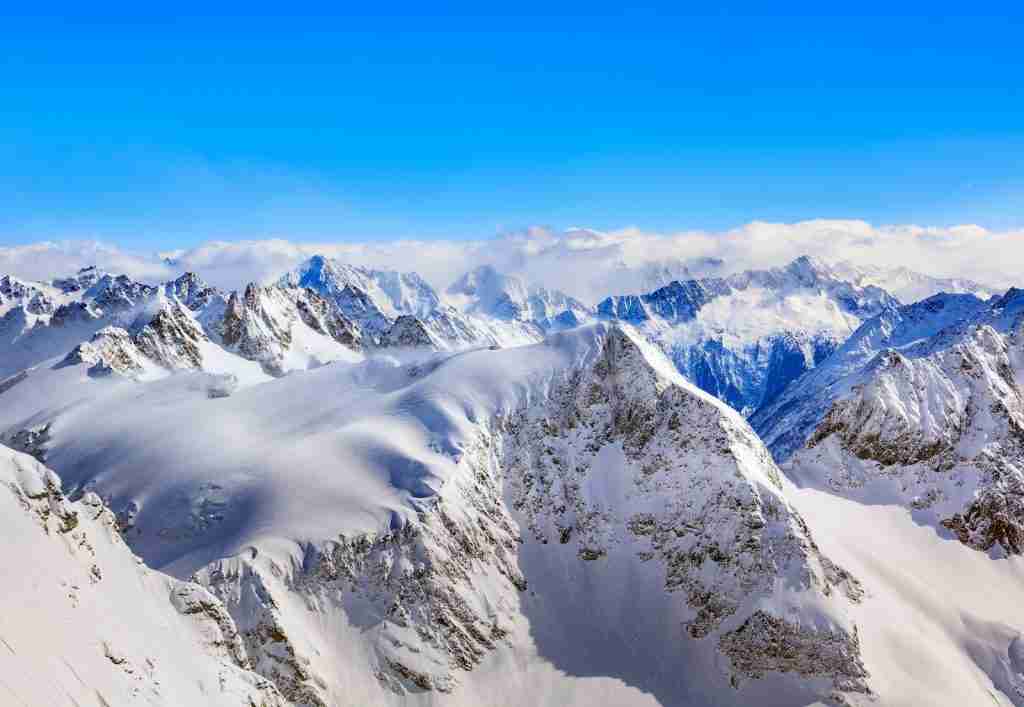
Everest doesn’t discriminate based on age! Climbers range from spry 16-year-olds to seasoned 85-year-olds. It’s a true test of endurance, and whether you’re just starting out or a seasoned pro, the mountain doesn’t discriminate.
The peak is open to all, and climbers of all ages have taken on the challenge and reached the top.
18. The descent from the summit of Everest can take anywhere from several hours to several days.
The descent from the summit of Everest is no walk in the park. It can take anywhere from several hours to several days, depending on a number of factors.
It’s a test of endurance and willpower, as climbers navigate the rugged terrain and extreme conditions to make it back to base camp.
The descent is a journey in itself, and a true testament to the strength and determination of those who reach the top.
19. The tallest mountain in the world continues to be a source of fascination, inspiration, and adventure.
Mount Everest, the tallest mountain in the world, is more than just a big hunk of rock and ice. It’s a source of fascination, inspiration, and adventure, that draws climbers from all over the world to tackle its heights.
It’s a challenge unlike any other, and for those who conquer it, the rewards are boundless.
Whether it’s the breathtaking views, the sense of accomplishment, or just the thrill of the climb, Everest continues to captivate and inspire.
20. where is mount Everest located?
Mount Everest is located in the Himalayas, on the border between Nepal and Tibet (China).
21. More people have died climbing Everest than have summited it.
Everest is a true test of human endurance, where the thin air is only rivaled by the thin margin between life and death. In fact, more people have taken the ultimate climb to the great beyond than have actually made it to the top.
22. what is the temperature on mount everest?
The temperature on the summit of Mount Everest is minus 76°F.
At lower elevations, it can reach above freezing during warm months. Climbers must be prepared for extreme cold and bring proper gear to protect against frostbite and hypothermia.
23. The first woman to reach the summit of Everest was Junko Tabei of Japan in 1975.
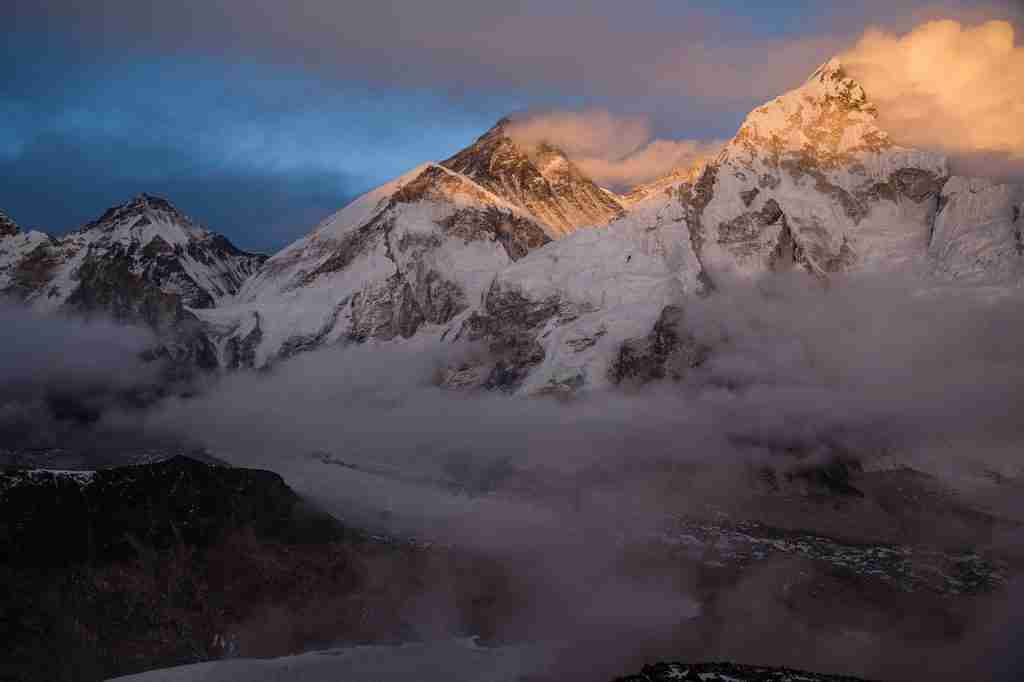
Junko Tabei made history in 1975 as the first woman to reach the top of Everest. She shattered the glass ceiling and paved the way for female climbers everywhere, proving that determination and grit know no gender.
Junko reached new heights, both literally and figuratively, with her summit of the world’s tallest peak!

